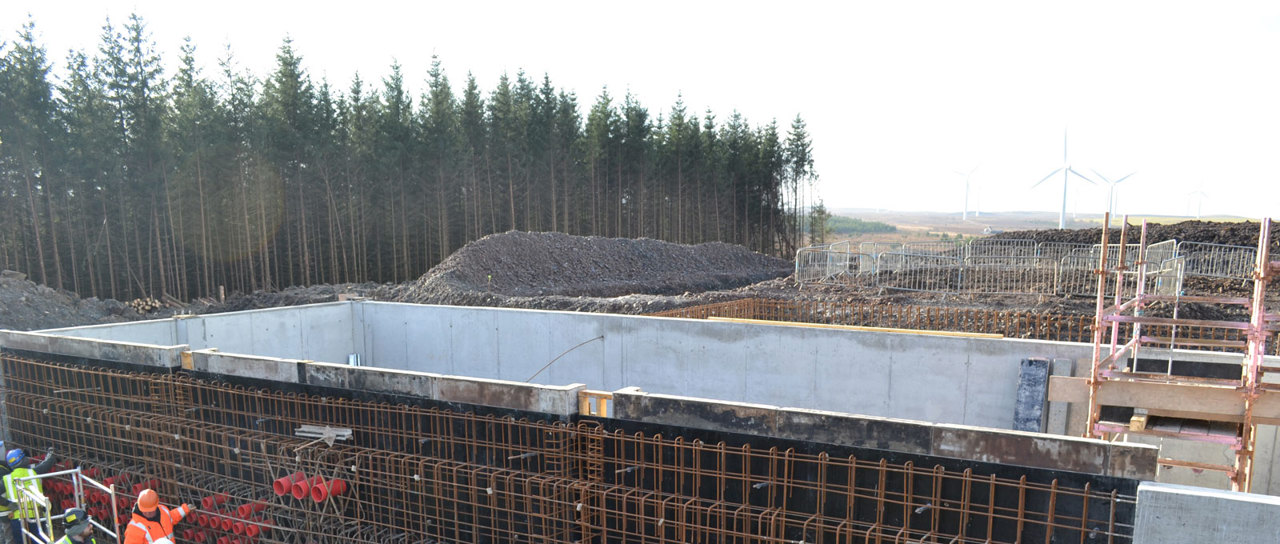According to EA Technology’s white paper “Humidity effects in substations”, 85 percent of all switchgear failures are due to partial discharge activity. You can handle this threat to stable power supply by keeping your substation dry. The thing is to get it all right from the start.
A power outage is often the result of a failure caused by partial discharge activity. The activity is in its turn caused by humidity, dust and pollutants present after structural ingress because of inadequate cable sealing. There is a good reason for dealing with the root cause.
Think the other way around
Focus on proper planning to avoid water ingress and damages to equipment. Before you start building the substation or kiosk, you must make sure you know where all cables are going to enter – and that you have enough openings and conduits in the right sizes for them.

Use sleeves with knockout covers
Simplify preparations by using sleeves with knockout plates to form a neat system for all openings. In this way, you will achieve correctly shaped ducts set in the right places. It is so much easier to install, seal around and maintain cables when there is enough space between them.
You can even make more holes than you currently need to ensure cost-efficient spare capacity for future needs. Very smart – as this is too late to do when already routing cables.
Know your needs
You must also know what kind of cables will pass through the seals. Will there be big single-core power cables, cables in trefoil formation or multi-core cables?
When you know the facts about the cables to route, you can easily select the right solutions.
Installation sequence
Cable retention is crucial for tightness – but remember that you should be able to move the cables during the installation process. Execute the installation steps in the following order:
- Ensure the cable termination.
- Install a high quality cable seal.
- Secure a reliable cable support.
- Backfill when seals are in place.
Now you see why cable sealing is no afterthought. It should always be a first thought. For the same reason: always have competent and trained people to perform the installations.
Do you want to learn more?
Retrofitting a flooded substation
White paper: “Humidity effects in substations”
Learn more on how to avoid partial discharge and maintain optimum operating conditions for switchgear and other high-voltage equipment. Read EA Technology’s white paper “Humidity effects in substations”.
Download white paper
Fill out your information to download.
Thank you!
You will receive an email shortly.
Best regards,
Roxtec





